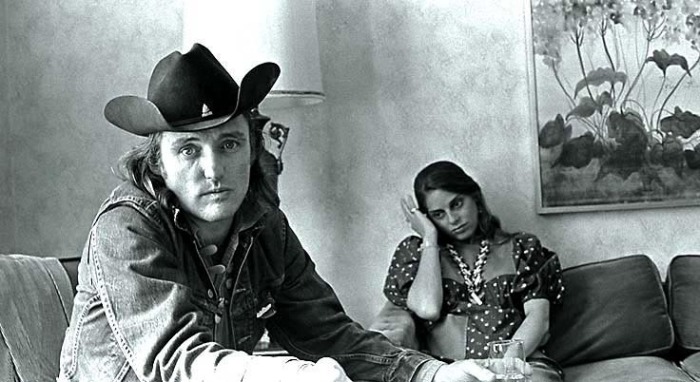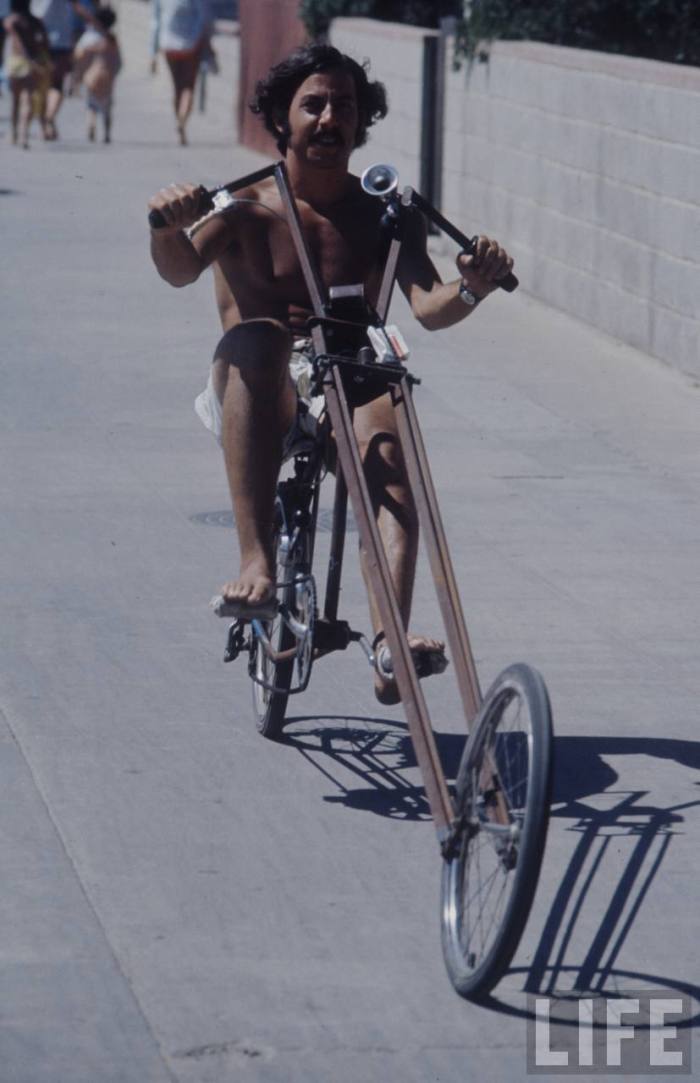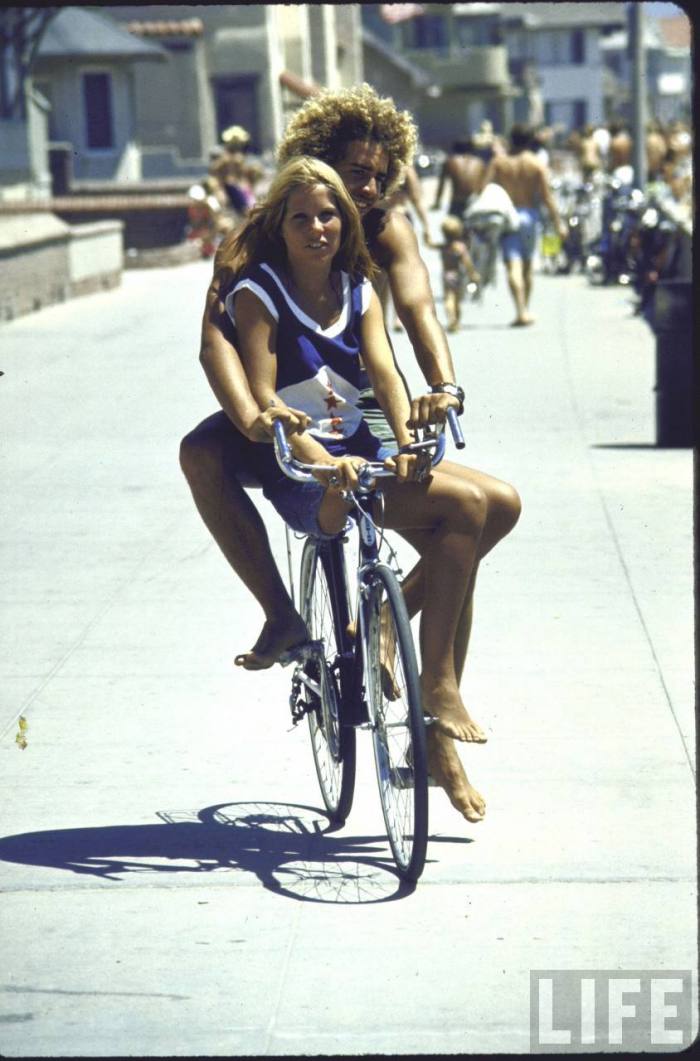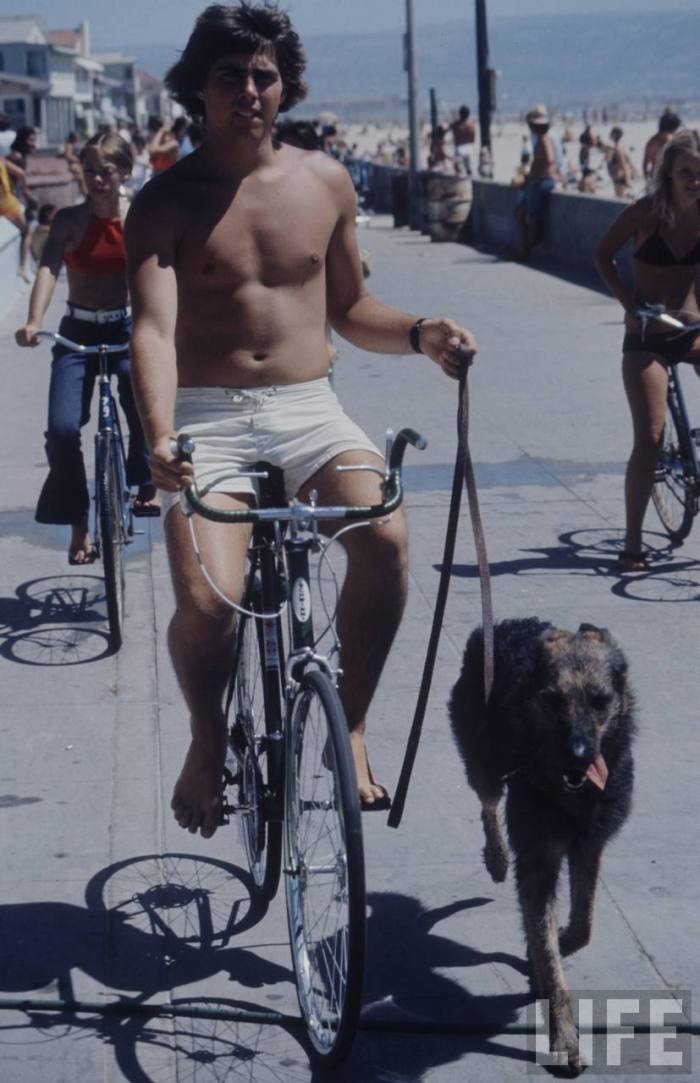–
1970 – ’71 was definitely a high-water mark for Film Director (not to mention a badass photographer to boot) Robert Altman. Hot on the heels of M*A*S*H (1970), McCabe and Mrs. Miller (1971) was released and became, what many consider to be, one of Warren Beatty’s finest roles, and one of the best Westerns (or anti-Western, if you will) ever made according to many film aficionados. It wasn’t your typical red-blooded Western by any stretch of the imagination. See it for yourself.
There was a definite charged energy on the set (shot completely in B.C.)— the reported tension between the egomaniac Beatty and the chill Altman– not to mention the sexual energy between Beatty and Christie, who were deep in the throes of a passionate love affair– is there any other kind of affair with Beatty? Then there’s the haunting film soundtrack including the legendary Leonard Cohen that accompanied Zsigmond’s “flashed” film negative. A truly ballsy move– Altman and Zsigmond shot the film “pre-fogged” through a number of filters to maintain the visual effect they wanted, rather than manipulate it in post-production. That ensured that studio wimps couldn’t later tune-down the film’s look to something more safe and conventional. Vilmos Zsigmond’s brilliant work would garner him a nomination by the British Academy Film Awards.
Enjoy these stunning images from the film and on set. Beatty, even being the huge ass that he was/is (seriously, bedded 13,000 ladies, WTF?), looks stunning (crushing it in a beard, bowler and fur coat)–and Julie Christie is definitely no slouch either. Hubba. Altman is throwing down some serious grizzly style as well– check that fringed suede jacket towards the end of the post.
___________________________________________________________________________
–
Warren Beatty as John Q. McCabe, in a scene from Robert Altman’s 1971 anti-Western masterpiece, “McCabe & Mrs. Miller.”
–
–
Warren Beatty as John Q. McCabe, in a scene from Robert Altman’s 1971 anti-Western masterpiece, “McCabe & Mrs. Miller.”























